What is learning disability?
A learning disability is a neurological disorder. In simple terms, it results from a difference in the way a person’s brain is ‘wired’. Children with learning disabilities are of at least average intelligence. However, they have specific difficulty with reading, writing, spelling, reasoning, recalling and/or organising written information. This difficulty is often unexpected as they are bright and often have persisting skills in other areas.
A learning disability can’t be cured or fixed but it can be well managed. With the right support and intervention, children with learning disabilities can succeed in school and go on to successful careers later in life.
Parents can help children with learning disabilities achieve such success by encouraging their strengths, knowing their weaknesses, understanding the educational system, working with professionals and learning about strategies for dealing with specific difficulties.
Following are some key facts about learning disabilities:
- Approximately 20 per cent of the Australian population has trouble learning literacy skills at the normal rate. Ten per cent of the population is considered to have ‘hard core’ difficulties or a specific learning disability.
- Difficulty with basic reading and language skills are the most common learning disabilities. As many as 80 per cent of students with learning disabilities have reading problems (also known as specific reading disorder or dyslexia).
- Learning disabilities often run in families.
- Learning disabilities should not be confused with other disabilities such as autism, intellectual disability, deafness, blindness, and behavioural disorders. In addition, they should not be confused with a lack of educational opportunities, like frequent school changes or attendance problems. Also, children who are learning English as a second language do not necessarily have a learning disability.
- Attention disorders, such as attention deficit/hyperactivity disorder and learning disabilities often occur at the same time, but the two disorders are not the same.
The most common learning disabilities are:
- Dyslexia – a language-based disability in which a person has trouble understanding written words. It may also be referred to as reading disability or reading disorder.
- Dyscalculia – a mathematical disability in which a person has a difficult time solving arithmetic problems and grasping math concepts.
- Cognitive dysgraphia – the core problem is with the production of communicative written text
- Auditory and visual processing disorders – sensory disabilities in which a person has difficulty understanding language despite normal hearing and vision.
- Nonverbal learning disabilities – a neurological disorder which originates in the right hemisphere of the brain, causing problems with visual-spatial, intuitive, organisational, evaluative and holistic processing functions.
Common signs of learning disabilities
The good news about learning disabilities is that scientists are learning more every day. Their research provides hope and direction.
If parents, teachers and other professionals discover a child’s learning disability early and provide the right kind of help, it can give the child a chance to develop skills needed to lead a successful and productive life. Recent research showed that 67 per cent of young students who were at risk for reading difficulties became average or above average readers after receiving help in the early grades.
Parents are often the first to notice that “something doesn’t seem right”. The following is a checklist of characteristics that may point to a learning disability. Most people will, from time to time, see one or more of these warning signs in their children. This is normal. If, however, several of these characteristics are observed over a long period of time, consider the possibility of a learning disability.
Kindy:
- speaks later than most children
- pronunciation problems
- slow vocabulary growth, often unable to find the right word
- difficulty rhyming words
- trouble learning numbers, alphabet, days of the week, colours and shapes
- extremely restless and easily distracted
- trouble interacting with peers
- difficulty following directions or routines
- fine motor skills slow to develop.
Grades Prep to 4:
- slow to learn the connection between letters and sounds
- confuses basic words (run, eat, want)
- makes consistent reading and spelling errors including letter reversals (b/d), inversions (m/w), transpositions (felt/left), and substitutions (house/home)
- transposes number sequences and confuses arithmetic signs (+, -, x, /, =)
- slow to remember facts
- slow to learn new skills, relies heavily on memorization
- impulsive, difficulty planning
- unstable pencil grip
- trouble learning about time
- poor coordination, unaware of physical surroundings, prone to accidents.
Grades 5 to 6:
- reverses letter sequences (soiled/solid, left/felt)
- slow to learn prefixes, suffixes, root words and other spelling strategies
- avoids reading aloud
- trouble with word based problems in mathematics
- difficulty with handwriting
- avoids writing assignments
- slow or poor recall of facts
- difficulty making friends.
Grades 7 to 12:
- continues to spell incorrectly, frequently spells the same word differently in a single piece of writing
- avoids reading and writing tasks
- trouble summarising
- trouble with open-ended questions on tests
- weak memory skills particularly working memory
- difficulty adjusting to new settings
- works slowly
- poor grasp of abstract concepts
- either pays too little attention to details or focuses on them too much
- misreads information.
If you found this article helpful, subscribe to Literacy Foundation for Children News.

